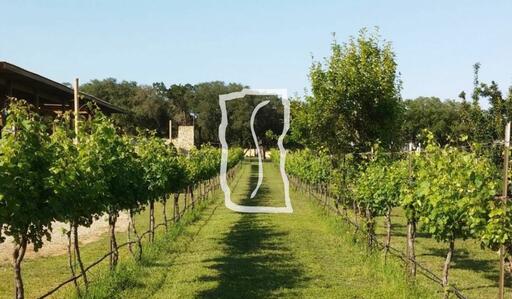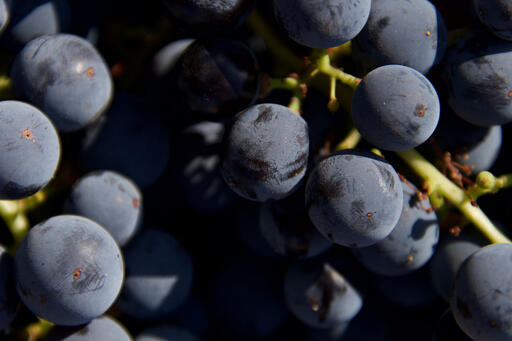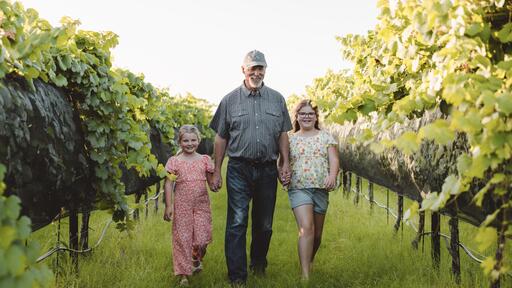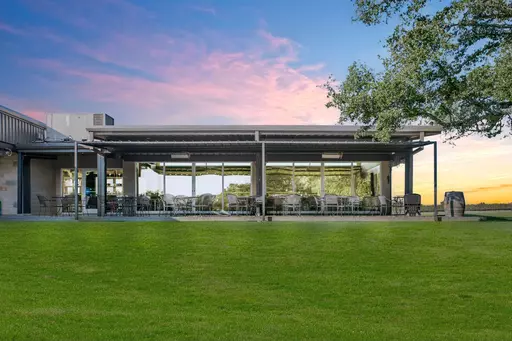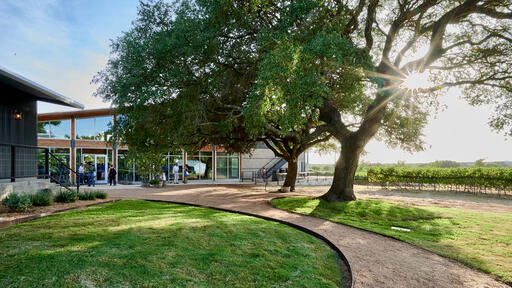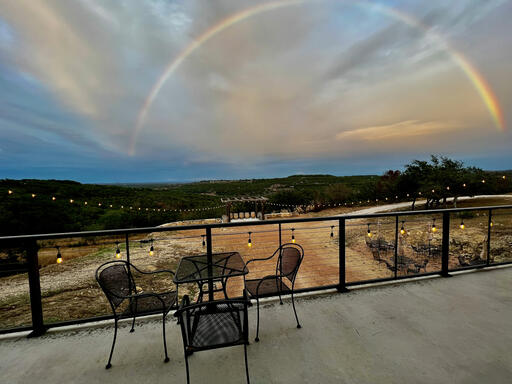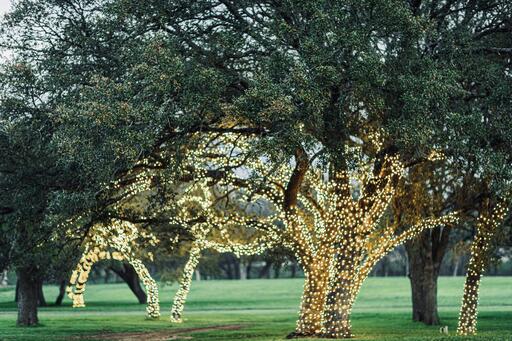Wineries
Everything’s bigger in Texas—including wine. Spanning nine million acres near Austin and San Antonio, Texas Hill Country’s 100-plus wineries pour everything from Sangiovese to Tannat, ready for your next road-trip sip.
Founded as an AVA in 1991, Texas Hill Country started with just a handful of pioneers. Three decades later, it’s one of the largest wine regions by area and the beating heart of Texas wine tourism.
Limestone and granite bluffs, cedar-scrub hills, river valleys, and well-drained soils give vintners a mosaic of terroirs to work with; meanwhile, most wineries supplement their estate plots with fruit hauled from six hours north in the higher, drier Texas High Plains. The result is an impressive palette of flavors and styles—from citrus-bright Roussanne to muscular Tempranillo blends—showcasing the state’s “everything’s possible” mindset.
Note: More than 100 businesses in Texas Hill Country hold a Texas “G” permit and may legally produce or sell wine. However, the list below features only wineries that belong to the Texas Hill Country Wineries Association, which has sponsored this guide.
Texas Hill Country Winery Facts
- 100+ bonded winery permits operate inside the AVA, covering 9 million acres—the size of nine Napa Valleys.
- Texas Hill Country tasting rooms greet 1 million visitors each year, a magnet for wine-trail weekends and road-trippers alike.
- Local cellars work with 70+ grape varieties—from Spanish Tempranillo and Mourvèdre to Italian Sangiovese and sparkling-ready Blanc du Bois.
- 80% of Texas grapes are farmed in the Texas High Plains, so Texas Hill Country blends often combine Texas High Plains’ acidity with home-grown richness.
